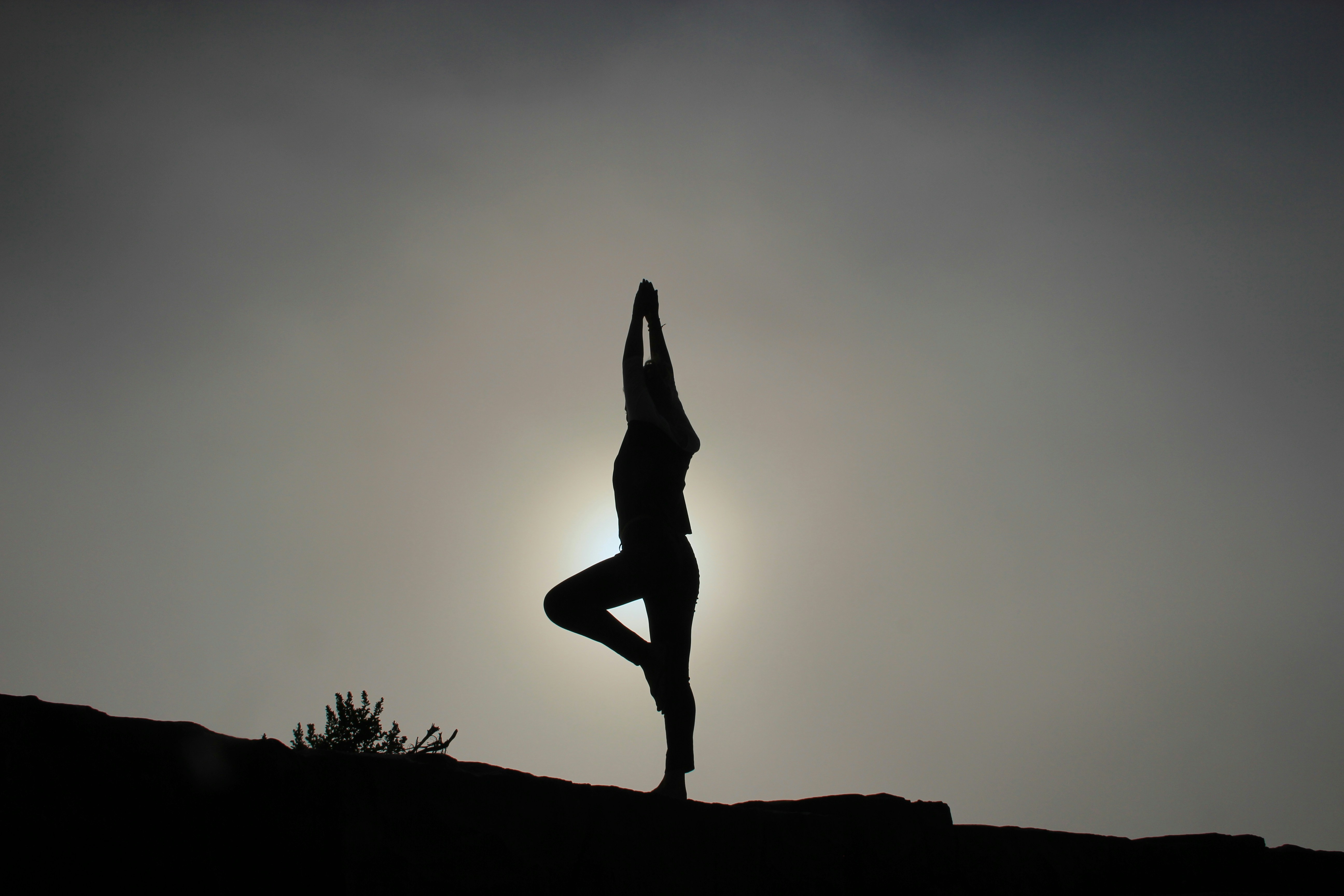When you're just starting your yoga journey, choosing the right mat can make a significant difference in your practice. A good yoga mat provides the necessary cushioning, stability, and grip to help you perform poses safely and comfortably. This guide will help you navigate the many options available and find the perfect mat for your needs.
Why Your Mat Matters
Your yoga mat is more than just a piece of equipment—it's your personal space for practice. It provides a defined area for movement, cushioning for your joints, and grip to prevent slipping during poses. The right mat can enhance your practice, while the wrong one might lead to discomfort or even injury.
Key Factors to Consider
1. Thickness
Yoga mats typically range from 1/16 inch (1.5mm) to 1/4 inch (6mm) thick. The thickness you choose depends on your comfort needs and the type of yoga you practice:
• Thin mats (1.5-3mm): Provide better stability for balance poses but less cushioning for joints. Ideal for travel or practices focused on standing poses.
• Medium mats (4-5mm): The most popular choice for beginners, offering a balance between cushioning and stability.
• Thick mats (6mm+): Provide maximum cushioning for sensitive joints but may make balance poses more challenging. Great for restorative or gentle practices.
2. Material
The material of your mat affects its durability, grip, texture, and environmental impact:
• PVC (Vinyl): Traditional yoga mats are made from PVC. They're durable, provide good grip, and are generally affordable. However, they're not eco-friendly and may contain harmful chemicals.
• TPE (Thermoplastic Elastomer): A more environmentally friendly alternative to PVC. TPE mats are lightweight and provide decent grip but may be less durable.
• Natural rubber: Offers excellent grip and durability. These mats are eco-friendly but tend to be heavier and more expensive. Not suitable for those with latex allergies.
• Cork: Naturally antimicrobial and provides good grip, especially when wet. Cork mats are sustainable but may be less cushioned unless combined with rubber.
3. Texture and Grip
The texture of your mat affects how much traction it provides. If you tend to sweat during practice, look for mats with raised patterns or moisture-wicking properties to prevent slipping. Some mats actually improve their grip when wet, which is ideal for hot yoga.
4. Size and Portability
Standard yoga mats are about 68 inches (172cm) long and 24 inches (61cm) wide. If you're taller than 5'8" (173cm), consider a longer mat for full coverage in poses like Savasana. Also consider weight if you'll be carrying your mat to classes regularly.
Recommended Mats for Beginners
While personal preference plays a significant role, here are some generally well-regarded options for beginners:
• Budget-friendly: Gaiam Premium Yoga Mat (6mm)
• Mid-range: Jade Harmony Professional Yoga Mat
• Premium: Manduka PRO Yoga Mat
• Eco-friendly: Liforme Original Yoga Mat
Caring for Your Mat
Proper care extends the life of your mat and keeps your practice hygienic:
• Clean your mat regularly with a mild soap and water solution or a specialized yoga mat cleaner.
• Allow your mat to dry completely before rolling it up to prevent bacteria growth.
• Store your mat away from direct sunlight, which can degrade the material over time.
• Consider using a yoga towel on top of your mat if you sweat heavily during practice.
Final Thoughts
Remember that the "best" yoga mat is subjective and depends on your individual needs and preferences. As a beginner, a medium-thickness mat with good grip is generally a safe choice. As your practice evolves, you may find that your mat preferences change too.
Investing in a quality yoga mat is investing in your practice. While it's possible to practice yoga without a mat, having one that suits your needs can make your experience more comfortable, safe, and enjoyable.
Happy practicing!
